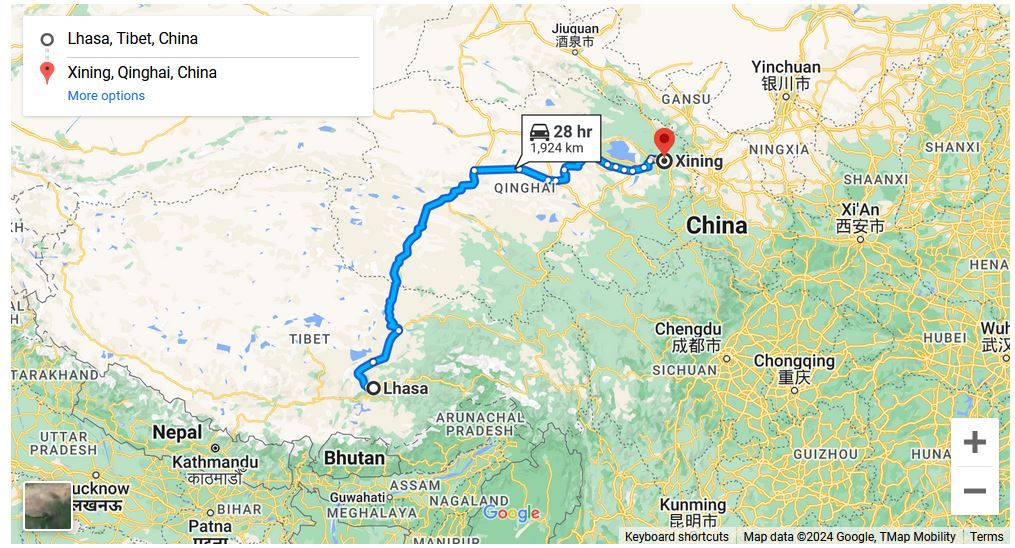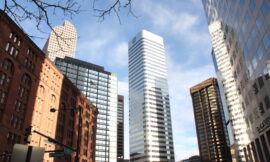The journey from Lhasa to Xining unfolds as a mesmerizing expedition through the vast and diverse landscapes of the Tibetan Plateau, connecting two cities that embody the rich cultural heritage and natural wonders of the region. As travelers embark on this adventure, they are treated to a kaleidoscope of scenery, from the spiritual heart of Tibet in Lhasa to the vibrant cultural hub of Xining on the northeastern edge of the plateau.
Leaving Lhasa, often referred to as the “City of Sunshine” and the capital of the Tibet Autonomous Region, travelers traverse the high-altitude plains surrounded by snow-capped peaks of the Himalayas. The road winds through nomadic settlements, where traditional Tibetan yurts stand against the backdrop of the expansive plateau. Nomadic herders tend to their herds of yaks, creating a scene that encapsulates the timeless way of life that has defined this region for centuries.
As the journey progresses, the road takes travelers through mountain passes and valleys, revealing the raw beauty of the Tibetan wilderness. The air, thin and invigorating, carries the scent of high-altitude grasslands and the unique flora that thrives in this challenging environment. The Nyenchen Tanglha mountain range, with its towering peaks, provides a majestic backdrop, underscoring the grandeur of the plateau.
En route, the journey includes stops at cultural and historical landmarks. The town of Gyantse, with its iconic Pelkor Chode Monastery and the striking Gyantse Kumbum, offers a glimpse into Tibet’s religious and artistic heritage. Further along the route, the town of Shigatse beckons with the Tashilhunpo Monastery, the traditional seat of the Panchen Lama.
As the journey continues eastward, the landscape undergoes a transformation. The high-altitude plains give way to rolling hills, and the air becomes slightly denser. Approaching Xining, the capital of Qinghai Province, travelers encounter a city that stands at the crossroads of Tibetan and Han Chinese cultures. Xining is renowned for its multicultural atmosphere, with influences from Tibetan Buddhism, Hui Muslim communities, and Han Chinese traditions.
Xining’s cultural tapestry is vividly displayed in its architectural landmarks and religious sites. The Dongguan Mosque, one of the largest mosques in China, reflects the influence of Hui Muslim culture. Ta’er Monastery, situated on the outskirts of Xining, is a significant Tibetan Buddhist monastery known for its intricate architecture and religious festivals.
The journey from Lhasa to Xining not only traverses physical landscapes but also cultural and historical realms. It serves as a bridge between the spiritual heart of Tibet and the multicultural crossroads of Xining, showcasing the diversity that defines this region. As travelers arrive in Xining, they find themselves in a city that seamlessly blends tradition and modernity, offering a fitting conclusion to a journey that encapsulates the essence of the Tibetan Plateau. The memories of the rugged landscapes, cultural encounters, and the vibrant cities linger, creating a tapestry of experiences that speak to the profound richness of this remarkable journey.



